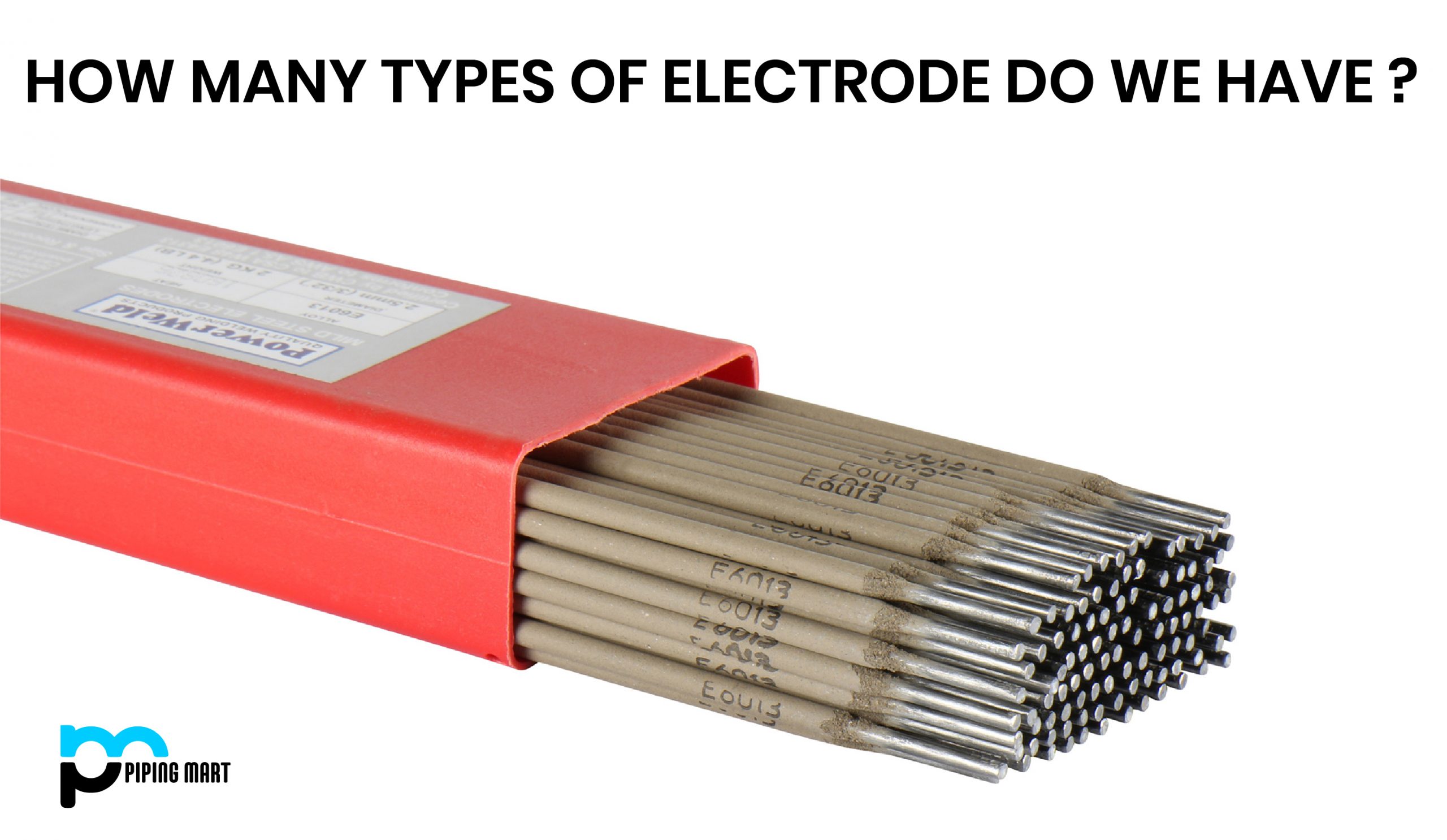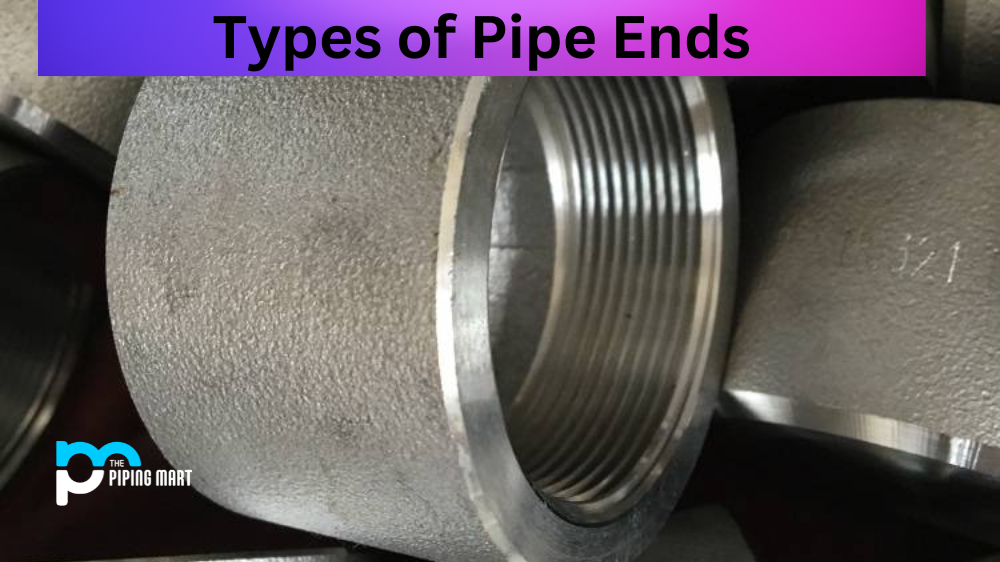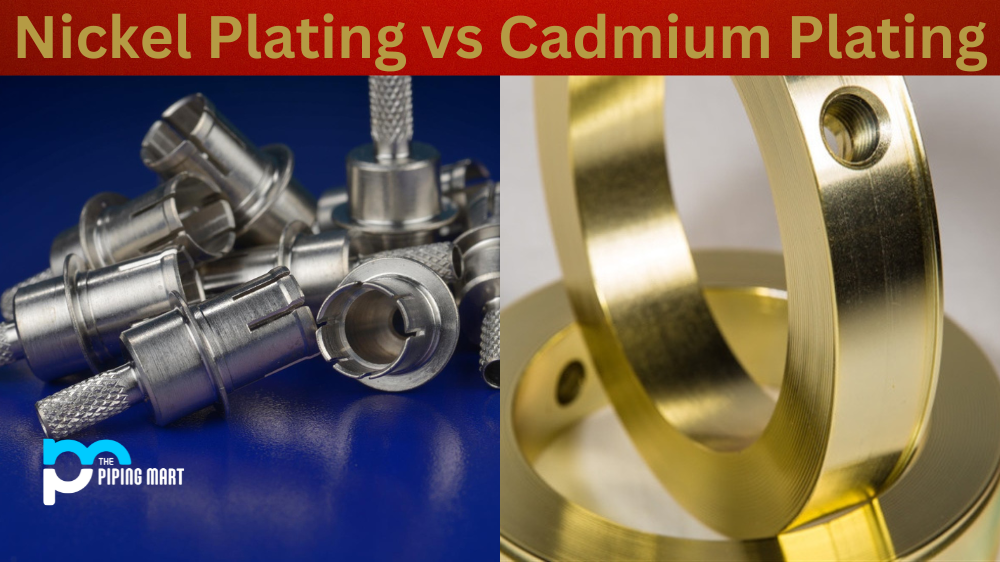An electrode is a vital component of electrochemical cells. It is a point where the current enters and departs the electrolyte. The point where the current leaves the electrodes is called the cathode. The point where the current enters is called the anode. These electrodes are available in different types, such as:
Gas Electrodes:
A gas electrode includes H2, Cl2, and O2 in contact with a solution comprising the ions obtainable from the gas like H+, Cl-, and OH-. The potential of the gas electrode depends on the intensity of its ions in the solution and the force of a gas. A gas electrode has gas bubbled about inert metal wire included in a solution comprising ions with which gas is constant.
Metal-Sparingly Soluble Metal Salt Electrode:
Metal-sparingly soluble metal salt electrodes are also known as reversible anion electrodes. In this type of electrode, a metal and a sparingly dissolvable salt of the metal equal to a solution carrying the same anion as the sparingly dissolvable salt.
Metal – Metal Ion Electrodes:
In this case, the metal piece is placed in connection with the solution of a water-soluble salt-carrying cation of the related metal. In the electrochemical cell, the electrode with superior oxidation potential experiences oxidation and serves as the anode/negative electrode. The electrode with lower oxidation potential experiences loss and acts as the cathode/positive electrode.
Calomel electrode:
This source electrode contains mercury and mercury-chloride molecules. It is made of liquid elemental mercury and a solid paste of Hg2Cl2, connected to a rod covered in a saturated KCl solution. It is required to use the saturated solution because this provides for the action made by the potassium chloride and the voltage to be minimum and more like the Standard Hydrogen Electrode, i.e., SHE. This saturated solution enables the transfer of chlorine ions to take place.
Silver-Silver Chloride electrode:
An electrode of this type presses a salt in the solution that associates with the electrode result. This electrode contains solid silver and precipitated salt AgCl. This is a generally used reference electrode because it is reasonable and not much toxic. A Silver-Silver Chloride electrode is produced using a solid silver cable and coded in AgCl. Then it is put in a tube of AgCl and KCl solution. This enables ions to be formed as electrons move in and out of the electrode system.
The pH Electrode:
Perhaps the most valuable and reliable way of preparing pH is by utilizing a glass electrode. The pH electrode depends on ion exchange in the hydrated layers built on the glass elec¬trode outside. Glass is made up of a silicate network in which metal ions are coordinated to an oxygen particle, which is the metal ions that interact with H+. The glass electrode functions like a battery whose voltage is dependent upon the H+ movement of the solution in which it is involved.
Ion Selective Electrodes:
Ion-selective electrode reacts to the action of a selective ion. Suppose some atoms are not free and endure in a compact structure or an inexplicable precipitate. In that case, these electrodes will provide a much lower reading than a technique that identifies all of the ions presents. Generally employed ion-selective electrodes are K+, Ca2+, and NO–3. The electrode may be ion-selective, but it will not be ion-specific.
Gas Sensing Electrodes:
They are utilized commonly to determine the intensity of gas by its interaction in a thin layer enclosing an ion-sensitive electrode, ordinarily a pH electrode. Sulfur dioxide, carbon dioxide, and ammonia can all be measured by their dissolution in a thin layer surrounding the pH electrode and containing the resultant pH of the coat.
The Clark Oxygen Electrode:
This electrode consists of a platinum cathode and silver anode, involved in the same saturated potassium chloride solution and isolated from the test solution by an oxygen porous film. When an inherent difference of-0.6 V is employed over the electrodes, the platinum cathode is formed negatively concerning the silver anode, and electrons are produced at the anode. They are then utilized to decrease oxygen at the cathode.

Pipingmart is B2B portal specializes in industrial, metal and piping products. Also, share latest information and news related to products, materials and different types grades to help business dealing in this industry.




